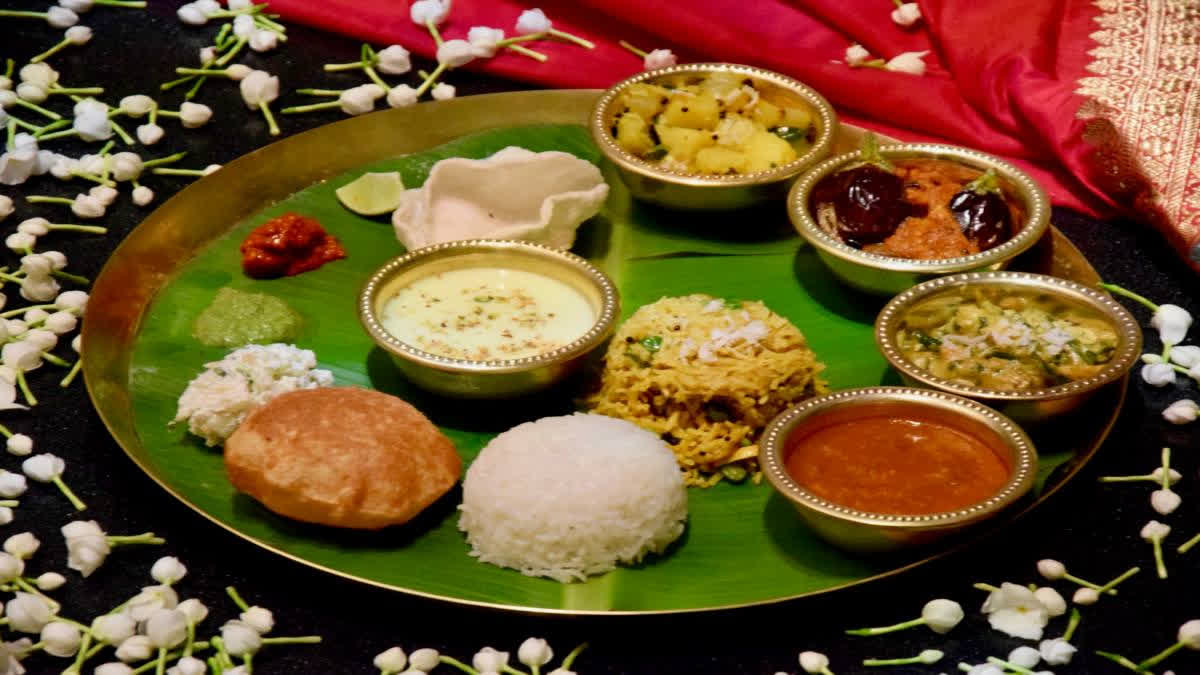Kolkata (West Bengal): The cost of a home-cooked veg thali rose 9 per cent in May year-on-year owing to higher potato, tomato and onion prices, while that of the non-veg thali declined 7 per cent due to the southward movement of poultry prices, according to the Roti Rice Report released by CRISIL MI&A Research.
The average cost of preparing a thali at home is calculated based on input prices prevailing in north, south, east and west India. The monthly change reflects the impact on the common man's expenditure. The data also reveals the ingredients (cereals, pulses, broilers, vegetables, spices, edible oil and cooking gas) driving the change in the cost of the thali.
The cost of the veg thali increased owing to a surge of 39 per cent, 41 per cent and 43 per cent on-year in the prices of tomato, potato and onion, respectively, largely because of the low base of last fiscal. Lower onion arrivals on account of a significant drop in rabi acreage coupled with a decline in potato arrivals on account of the adverse impact of late blight and crop damage in West Bengal contributed towards the increase in prices.
Simultaneously, a dip in acreage, resulting in subdued arrivals, led to a 13 per cent on-year increase in the price of rice (accounting for 13 per cent of the veg thali cost), while lower reservoir levels impacted the production of pulses (accounting for 9 per cent of the veg thali cost) leading to a 21 per cent increase in prices on-year.
But the prices of a number of spices and edible oils dropped in May. The Crisil report says that prices of cumin, chilli and vegetable oil fell 37%, 25% and 8%, respectively, preventing a further increase in the cost of the veg thali
The decline in the cost of the non-veg thali can be attributed to an estimated 16 per cent drop in broiler prices on-year on a high base of last fiscal.
On-month, however, the cost of the veg thali edged up 1 per cent and non-veg thali inched lower by 1 per cent:The cost of the veg thali rose marginally on-month, largely owing to a 9 per cent increase in potato prices, while the cost of other major components broadly remained flat. The cost of the non-veg thali decreased as prices of broilers, which account for 50 per cent of the cost, declined an estimated 2 per cent on a high base.



